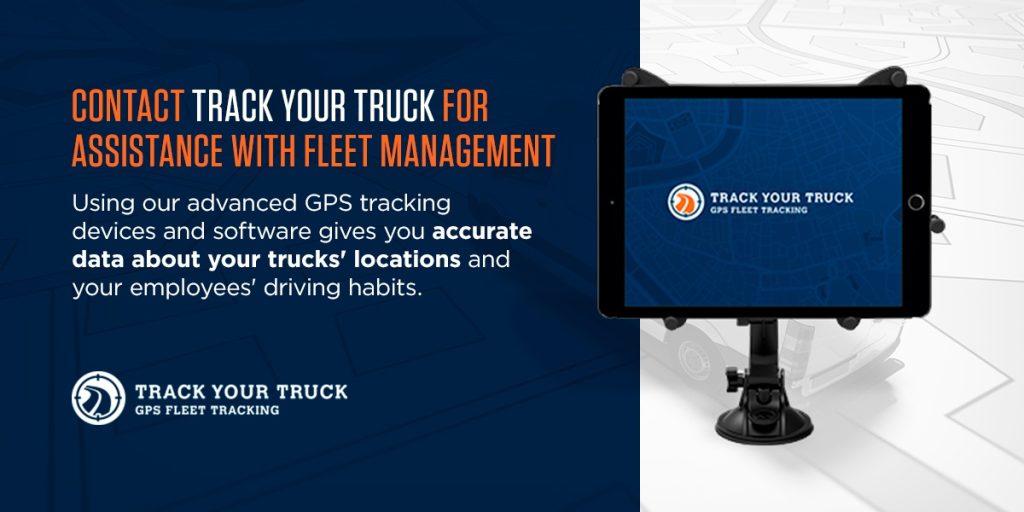

One of the critical challenges in the trucking industry, especially the over-the-road sector, is a shortage of drivers. As of 2019, the industry was experiencing a shortage of about 60,000 drivers, an issue first documented in 2005 and projected to reach 160,000 by 2028.
According to the American Transportation Research Institute, the trucking industry’s driver shortage has been many fleet leaders’ top concern for four years in a row, beating out issues like driver insurance costs, transportation infrastructure and delays at customer facilities. Fortunately, with a little planning and persistence, companies can develop strategies for how to manage a fleet shortage. The guide below will give you a few helpful fleet shortage tips.
Driver retention is essential in any trucking fleet. It provides continuity and gives the fleet the benefit of experienced drivers’ knowledge and capabilities. Overall, it enhances a company’s efficiency and profits.
Why is driver retention so low in some fleets? Below are a few common reasons.
Driver shortages are an inevitable part of that industry, and many fleets must develop strategies to cope with them. The best way to approach them is to find ways to keep shortages under control and manage them effectively while they’re occurring.
When you’re experiencing a driver shortage, you need a dependable plan to keep productivity and efficiency high. Here’s some advice for managing fleet driver shortages, so you can still meet your delivery times and profit goals.
The first thing you’ll need to do is try to figure out what’s luring your drivers away. Are they spending too much time on the road? Do your pay scale and benefits align with their expectations? Making a genuine effort to pinpoint the problem’s source can yield valuable insights and help you move forward.
If your business uses training contracts for its new drivers, consider how you can make your process more driver-friendly. One-year training contacts are often a strain on fleet drivers because they must repay their training costs, so they end up making well below market wages in practice. Once you factor in the money lost to sitting unpaid at loading facilities, many new drivers end up making less than minimum wage despite long hours. Developing more balanced contracts could help your business retain drivers and save you money in the long run.

One common reason drivers become frustrated and leave is that they don’t always receive pay for all their hours. Often, fleet drivers get paid by the mile because companies want to incentivize on-time deliveries and discourage inefficient routes and idle time. But with modern GPS tracking, companies have convenient, practical ways to know where their drivers are at any moment. Therefore, the mileage-based pay model as a form of monitoring no longer makes as much sense.
The result of mileage-based pay is that drivers often don’t get paid for the time they spend having the trailer loaded. If the truck must sit and wait for hours at a shipper’s location, the driver is on the job but isn’t making any money. Situations like these can become powerful incentives for experienced employees to seek work in another industry.
Paying drivers by the hour instead of by the mile is one possible way to acknowledge their hard work and sacrifices and make it easier for them to stay in their jobs. If you can’t do that, consider providing some form of extra pay for times when drivers are working but not moving down the road.
If you don’t have enough drivers to fill out your fleet in the way you’d like, you’ll need to make the most of every driver you have. Keep your fleet operations on time by maximizing route efficiencies, eliminating downtime where possible and monitoring your fleet for behaviors that could cost you valuable time and money.
No job has perfect working conditions, and most employees are willing to put up with a little inconvenience in exchange for a steady paycheck. They often become frustrated, though, when they hear inconsistent information.
Be straight-forward and honest about what you expect from your drivers and what they can look ahead to receiving in return. If you know the yearly pay will work out to be about $35,000 for new drivers, don’t advertise $55,000. If you can’t pay them for a day of no travel during a stint on the road, tell them that, too. Giving your drivers the courtesy of truthful information can help you retain them over the long term.
To keep good drivers in your fleet, give them the support they need to meet goals on the road. If you’ve invested in GPS tracking for your fleet, use it to help your drivers and gain valuable data about your fleet. If your equipment can show you highway congestion and your drivers don’t have the same technology, let your team know what you see so they can plan alternate routes. Or, provide them with company smartphones or tablets and the apps they need to plan their shifts, comply with fleet policies and maximize their routes’ efficiency.
Developing a robust fleet management strategy is one of the best things your company can do to retain drivers. If you manage your fleet efficiently and fairly, you’ll have a good chance of developing a loyal driver base that enjoys working for you.

When you’re planning how to improve fleet management, you’ll want to make the latest, most dependable technology part of your strategy. To enhance your fleet management capabilities with GPS truck tracking services, work with Track Your Truck.
Using our advanced GPS tracking devices and software gives you accurate data about your trucks’ locations and your employees’ driving habits. You’ll be able to highlight route inefficiencies, deter speeding, assist drivers in an emergency and enhance your fleet’s overall safety and productivity.
Request a quote today to learn more about how Track Your Truck can streamline your fleet operations.